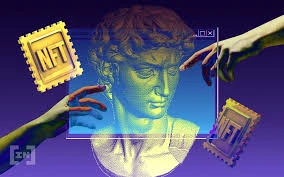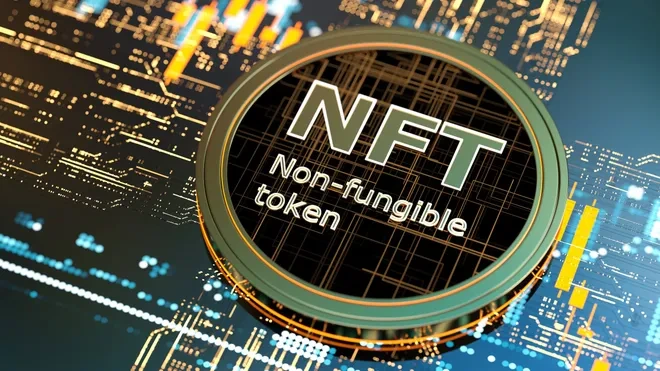Web3 Gaming Might Just Pay Off—But Is It Too Good to Be True?
Web3 Gaming: Technical Breakdown of a Crypto-Powered Revolution
Web3 gaming is often pitched as a play-to-earn utopia—but how does it actually work, and what’s under the hood? Let’s dig into the technical architecture behind the hype.
1. Core Architecture in Web3 Gaming: Blockchain Integration
Definition:
Web3 games are built on blockchain technology, primarily using smart contracts to manage ownership, gameplay logic, and transactions.
Key Components:
- NFTs (Non-Fungible Tokens): In-game items like weapons, characters, or land are minted as NFTs. These tokens are owned by the player and stored in a crypto wallet.
- Tokens: Most Web3 games use a native cryptocurrency (e.g., AXS for Axie Infinity) to handle transactions, staking, and rewards.
- Smart Contracts: Rules of the game economy—such as breeding, rewards, or item crafting—are enforced by on-chain contracts.


2. Gameplay Model: Play-to-Earn vs. Play-and-Own
Traditional vs. Web3:
- In traditional games, assets are siloed. Players have no control outside the platform.
- In Web3, players own assets off-platform via NFTs, allowing for resale, trade, or even use in other ecosystems (pending interoperability).
Reward Mechanism:
- Players earn crypto through gameplay tasks: winning battles, completing quests, staking, or renting out assets.
- Some systems include yield farming mechanics, where NFTs or tokens are staked for passive income.


3. Benefits of Web3 Gaming (From a Tech Perspective)
Decentralized Ownership:
- Items live on-chain, not on a central server.
- Players can transfer or sell assets outside the game on marketplaces like OpenSea.
Programmable Economies:
- Developers can design complex tokenomics: inflation, deflation, staking, burning, governance.
- Token supply and distribution models (e.g., daily reward caps or liquidity pools) influence the game’s financial ecosystem.
Cross-Platform Potential:
- Some projects aim for interoperability, enabling the use of NFTs or identities across multiple games or metaverse experiences.
4. Technical Challenges and Limitations
Scalability:
- Blockchain networks (especially Ethereum) struggle with high transaction volumes.
- Gas fees can be prohibitively expensive for simple actions (e.g., minting or trading items).
Security & Fraud:
- Smart contracts can be exploited if not audited properly.
- Players must protect their wallets—losing a private key means losing access to assets.
Economic Fragility:
- Most in-game economies rely on new player inflow to sustain value (akin to pyramid structures).
- When token prices crash, incentive to play evaporates—causing a feedback loop of decline.


5. User Experience & Onboarding Barriers
Wallet Setup:
- Requires knowledge of private keys, seed phrases, and compatible browsers or apps.
Transaction Management:
- Users must handle gas fees, network congestion, and wallet approval flows—not beginner-friendly.
Game Quality:
- Many early Web3 games prioritize earning mechanics over polished gameplay. This creates friction for traditional gamers used to AAA titles.
6. The Future: What’s Needed for Mass Adoption
- Layer-2 Scaling Solutions: Faster, cheaper transactions using rollups or sidechains (e.g., Polygon, Arbitrum).
- Seamless Wallet Integration: Abstracting away the complexity (e.g., social logins, custodial wallets).
- Regulation Clarity: Legal frameworks for in-game crypto economies and NFT markets.
- Better Game Design: Shifting from extractive economies to sustainable, entertainment-first experiences.
Conclusion: Is It Viable Tech or Just a Flashy Trend?
Web3 gaming introduces groundbreaking technical innovations: player-owned assets, decentralized economies, and transparent reward systems. But it also faces significant hurdles—economic instability, security risks, and usability challenges.
If you’re technically inclined and comfortable with crypto, it’s an exciting space to explore. But until infrastructure and design mature, it’s still a high-risk, high-concept playground—not a mainstream revolution just yet.
Relevant Link : Here




